Unlocking the World of OpenAI API
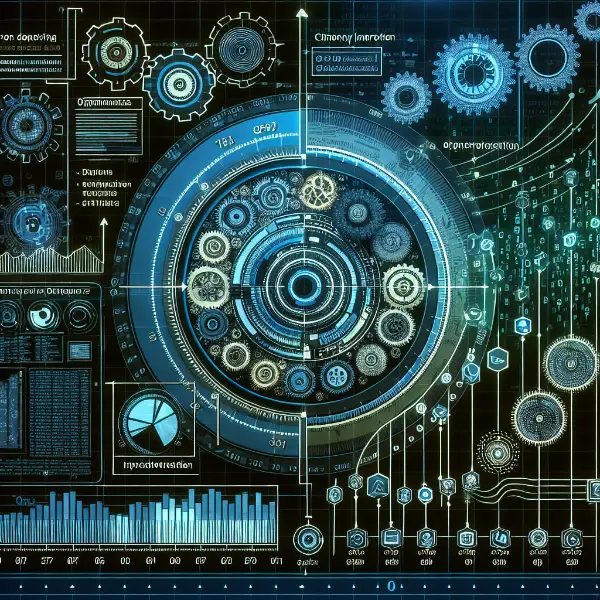
Amid this digital renaissance, it was GPT-1 that first stirred the tides in 2018. With its machine learning prowess capable of generating uncannily human-like text, it marked a paradigm shift in the AI landscape. But OpenAI didn’t stop there. Fast-forward to 2020, and the world witnessed the marvel of GPT-3. This iteration, with its staggering 175 billion machine learning parameters, was not simply an improvement. It was a phenomenon that demolished previous limitations and opened floodgates to a myriad of possibilities, ranging from drafting emails to writing Python code. Indeed, it’s a testament to OpenAI’s progressive vision that such complexities were achieved in a span of just some 750 days.
However, this journey of OpenAI, impressive as it is, wasn’t simply a progression of complex algorithms and larger data sets. It was a manifestation of the organization’s perseverance to consistently optimize and improve, understanding the intricacies of language, and achieving a tapestry of text that seems almost vividly human in its variety and complexity. This is a remarkable feat given AI sentences are often perceived as being more uniform and basic.
OpenAI – by revolutionizing language models and enhancing AGI – therefore echoes a testament to humanity’s endless capacity for transformation and improvement. Sculpting a diverse, data-backed realm where machines echo our complexity, OpenAI’s vision paves the way for an era wherein machines not just mimic but understand and create with the same profundity that we humans do.
Exploring the Depths of the OpenAI-DotNet Library
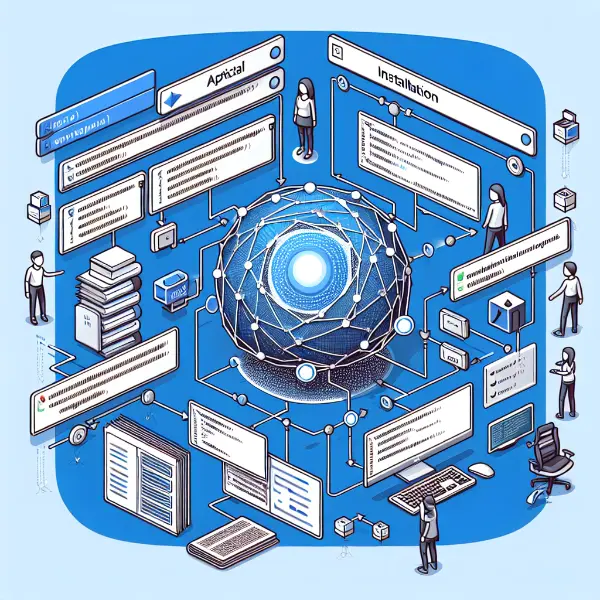
For the installation, the OpenAI-DotNet library is broadly accessible via industry-standard package managers like NuGet. Boasting a mere size of 59.1KB, the library provides the advantage of a lightweight addition to your existing .NET projects, without burdening the overall performance. With just a single command in your package manager console, you invoke the installation process: `Install-Package OpenAI`, and in a matter of seconds, the library is ready for use.
Then comes configuration. To lap the benefits of this library, one needs to marry it with the OpenAI API, a process that requires an API key. To procure the key, one must visit the OpenAI’s website, complete the sign-up, and upon approval, receive the key, typically a combination of 40 alpha-numeric characters. In a .NET environment, you need to store and retrieve this key securely, a practice facilitated by the built-in .NET secret manager.
Finally, a fundamental operation of the OpenAI-DotNet library involves interacting with the OpenAI API. Its functionalities encompass a series of endpoints that allow the user to interact with models like GPT-4. With some lines of code, a connection to the API can be established using the API key, a model selected (e.g., ‘gpt-4’), and a prompt given (e.g., ‘Translate the following English text to French: “{text}”‘). It remarkably crafts sophisticated language models that seem uncannily human in their sentence complexity and variety.
The GitHub repository associated with this library houses code snippets that elaborate on these operations, providing tangible illustrations of these endeavours, furthering OpenAI’s undertaking in making AGI’s nuances more graspable. OpenAI-DotNet thus symbolizes a significant stride in the journey to make AGI more accessible, thereby achieving a closer kinship between our intellect and the AGI, a testament to humanity’s consistent quest for transformative discovery.
Chat Completions: Unleashing its Potential in Various Settings
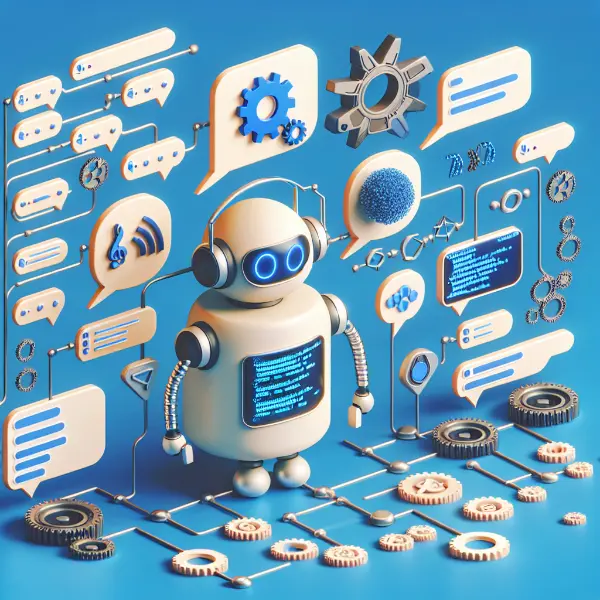
Imagine the real-world implications of this marvel. Envision a landscape populated by fluid, interactive chatbots, powered by Chat Completions, generating dynamic conversations that take into account the context and nuances of human language. Complicated by multiple inputs, these responses reflect remarkable complexity and variety, mirroring the finesse of human conversation. Picture a user interacting with such a chatbot in a customer service environment. The innate ability to comprehend and respond to multi-faceted queries, without the constraint of granularity, denotes not just automation, but empathetic intelligence.
Inspired by this reality, let us endeavor to understand this feature using .NET based examples. Imagine a conversation having multiple exchanges, represented by a system message setting the behavior of the assistant and a user message to prompt the system. Each of these messages bears a role and content. The role could be ‘system’, ‘user’ or ‘assistant’ and the content encapsulates the text of the user or system message. In our envisioned chatbot scenario, a system message may establish that the assistant is ‘a helpful assistant’, setting the tone of the interaction. The user message could incorporate a question or request. To navigate this dialogue context and get the assistant’s response, we use the ChatCompletion function of the OpenAI API, resulting in diverse, contextual responses, creating a seamlessly interactive user experience.
These .NET-reliant incarnations of the Chat Completions feature thereby exemplify the transformative potential of AI, beyond its basic, uniform responses. Exploring this in due course, we perceive an AI future that extends beyond the automation of tasks and ventures into intellectual, dynamic dialogue with human beings. Reflecting nuanced language complexities, this feature hallmarks OpenAI’s commitment towards enriching AGI with humanity’s own linguistic artistry, reasserting that the journey to AGI is not about superseding human intelligence, but rather about enhancing it. Hence, the narrative isn’t merely about complex data sets or sophisticated algorithms; it is a pioneering expedition punctuating humanity’s eternal capacity for transformation.
Typical topics we cover during consultation:
- How can I use AI to automate my company’s business processes?
- Which functionalities of my application should I enhance with AI?
- Rapid verification of the application code quality
- Why are there so many errors in my application?
- Am I ready for MVP development?
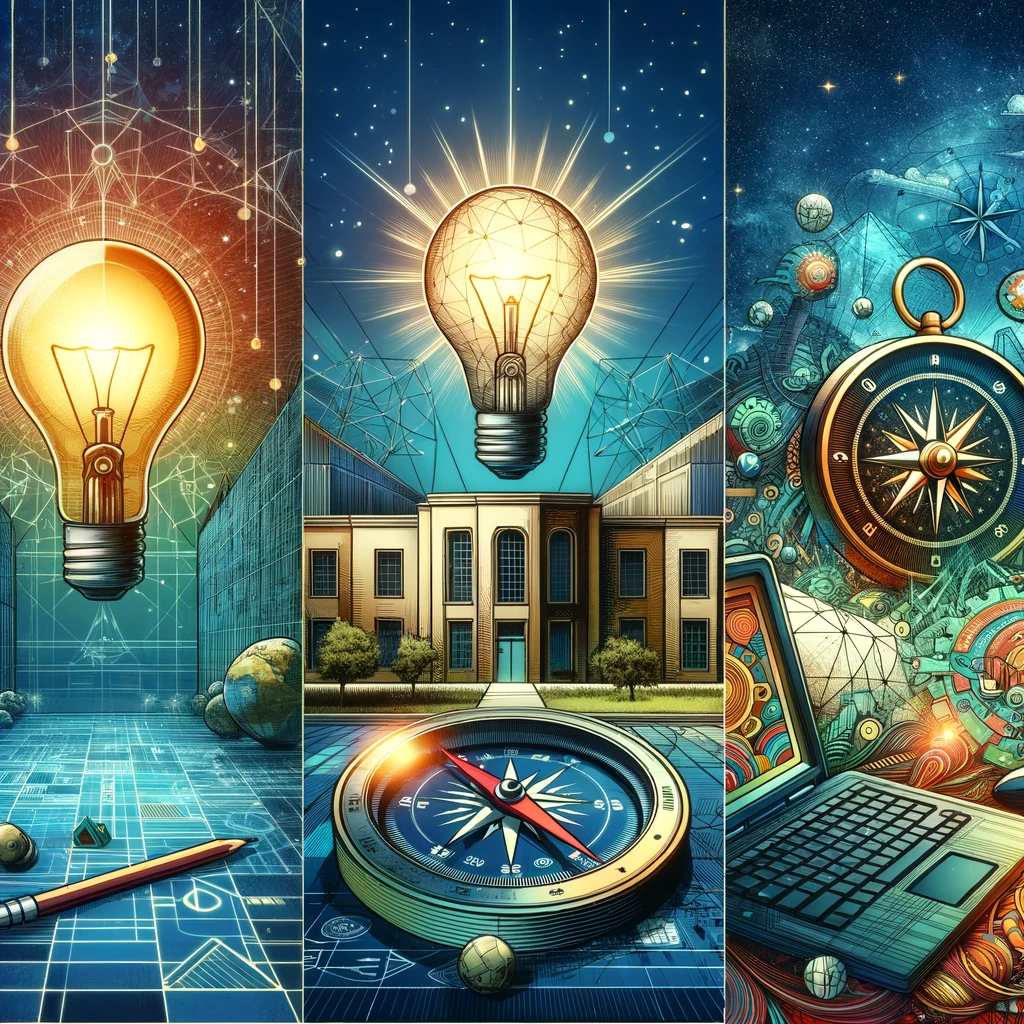
Agents: Broadening the Spectrum of Interaction
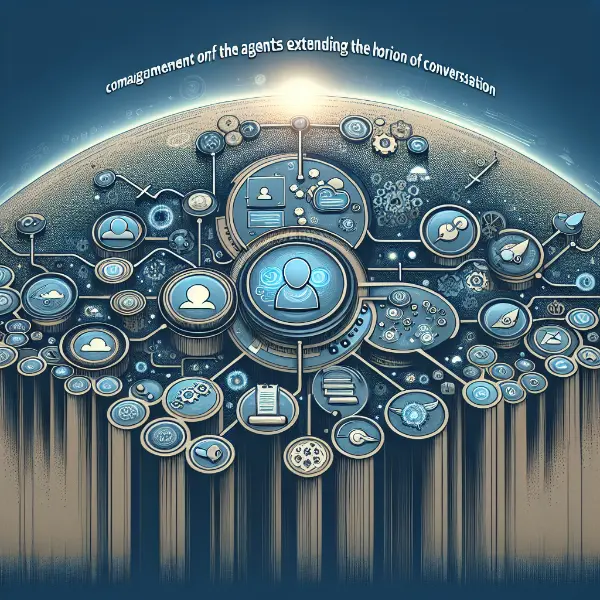
A feature like Agents unveils the potential for a chat application to simulate a persistent, interactive environment similar to human conversation, catering to inquiries and maintaining a continuous flow of information through extended dialogues. Instead of the chat being limited by the confines of a single prompt and response, it can now involve a series of exchanges, setting a conversational cadence which parallels human interaction much more closely.
In comparison, the Chat Completions feature, while invaluable in responsive dynamism and contextual understanding, primarily facilitates single-prompt interactions. The functionality of Agents distinguishes itself by fostering extended, interactive dialogues with fluid transitions and contextual coherence. It enables chat applications to manage not only the immediate response but also the subsequent responses, maintaining the flow and relevance of conversation over time, thereby uplifting the conversational experience to a new level.
In essence, by enhancing the capacity of chat applications for meaningful, extended dialogues, Agents move a step closer to the translation of human complexities and variety into AI language models. Further unfolding the groundbreaking impact of this feature can arguably deepen our understanding of OpenAI’s efforts in mirroring not only human language but also the subtleties of human conversation in the realm of AGI. It is indeed fascinating how, with a single leap—one feature—AI can transcend from single-prompt responses to managing long-term discussions, thereby infusing it with a more complex yet natural simulacrum of seamless human conversations. This is yet another testament, a powerful one at that, of OpenAI’s vision of aligning AI’s journey not towards superseding human intelligence, but preserving and enhancing it.
Chat Completions vs Agents: A Comprehensive Comparison
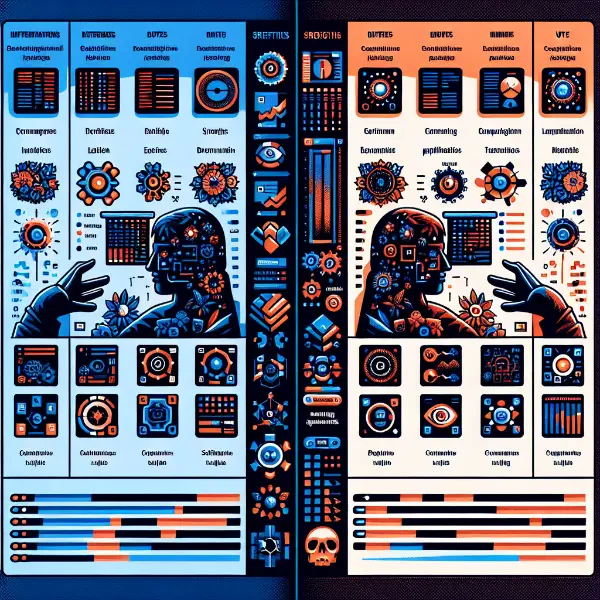
Between the two, Chat Completions mark their significance with their ability to handle single-prompt responses. Drawing fruit from OpenAI’s GPT-3 model, it embodies a functionality akin to advanced autocomplete – it takes a single prompt and crafts a convincingly respond. Arguably a gem for building elaborate responses, its limitation hinges on its inability to entail protracted conversations.
On a contrasting note, Agents turn the tables with their aptitude for managing extended dialogues. Stepping beyond the one-off nature of Chat Completions, it simulates a dynamic conversational environment. With this continuity, the discourse remains contextually bound, enabling the AI to remember past interactions and curate responses accordingly. However, this sophistication comes with the caveat of complexity in implementation.
Download your whitepaper
- Learn why software development and JTBD theory are important for your business’ product success
- Discover how to make sure your product will have a good impact on the market
- Discover how to make sure your product will make your users happy when getting the job done

Integration of OpenAI API Features in .NET Environment
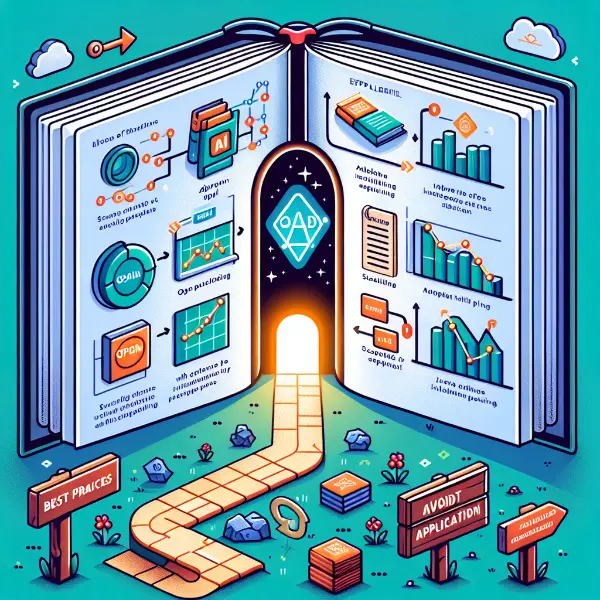
At the outset, given the library’s broad accessibility via package managers like NuGet, it’s quite straightforward to install it in your existing .NET projects. After executing a single command, you’re ready to put this revolutionary tool to work. However, this is where we need to tread lightly and make smart decisions. Integrating this library with the OpenAI API requires an API key, which must be handled securely to prevent unauthorized access and misuse. The built-in secret manager in the .NET environment serves as a trusted ally in accomplishing this task.
Predominantly, interaction with the OpenAI API occurs through a series of endpoints. This interaction pivots the potential in models such as GPT-4 to generate texts that uncannily mirror human-like sentences in their complexity and variety. While this might wrap in a layer of fascination around the output, it also introduces a significant toehold for errors.
It’s crucial here to ensure scalability and efficiency in our application while keeping any adversities at bay. An astute appreciation of this balance plays a pivotal role in affording the application its potency to handle enormous inputs without becoming a resource hog. Achieving this balance starts with installing and configuring the library in an optimized manner, followed by interacting with the endpoints wisely.
The OpenAI-DotNet library is equipped with documentation that demystifies the operations and interactions, providing a helpful hand in leading us through the labyrinth. But, it’s also essential to keep our eyes and ears open to the murmurs in online forums, where invaluable gems of advice and cautionary tales are often shared. These resources serve as the torchlights illuminating our odyssey towards implementing this masterpiece of artificial intelligence, driving our .NET application towards offering encapsulating experiences powered by smart and efficient use of OpenAI’s API.
Lastly, while the OpenAI-DotNet library is a formidable tool, remember that wielding it requires due diligence, strategic planning, and a continuous disposition towards learning and improving. As we embrace this phenomenal stride in modern AI technology, let’s also honor the wisdom and complexity of the human intellect which inspired and sculpted it into existence.
Successful Use Cases and Inspirational Ideas
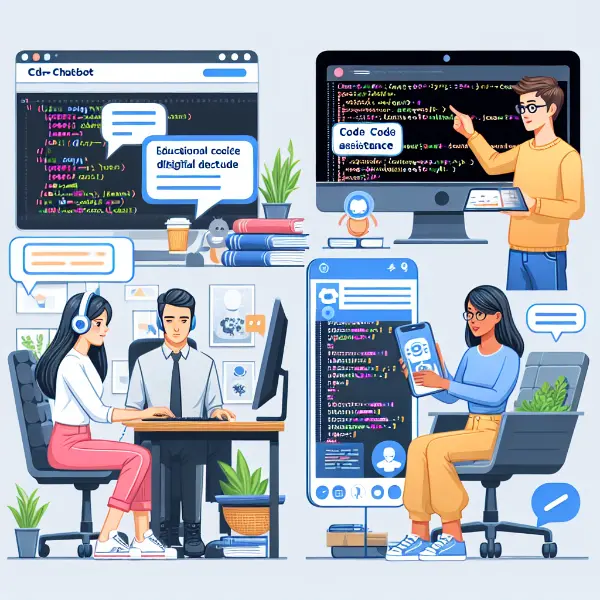
Beyond the academic realm, let’s explore code-assistance tools. With an estimated 26.4 million software developers worldwide in 2019 (Evans Data Corporation), the adoption of AI-based code assistants capable of error detection, debugging and even writing code snippets could drastically reduce the software development time and potentially transform the industry. OpenAI’s API enables these code assistants to provide high-quality, personalized coding support, thereby reducing the workload on human developers.
Lastly, envision the world of E-commerce with personalized shopping assistants. In 2020, e-retail sales worldwide amounted to 4.28 trillion US dollars (Statista), and this figure is expected to keep growing. Powered by the OpenAI API, personalized shopping assistants can offer real-time product recommendations, comparative shopping analyses, and even interactive customer support.
Each of these innovative use-case scenarios leverages specific features of the OpenAI API, creating unique, personalized experiences while handling complex tasks. By presenting these scenarios, we can see the tremendous potential of OpenAI’s advancements, not only in showcasing the technology’s capacity but also the profound influence it can have on various aspects of our lives. These examples push us to further explore and experiment with AI, inspiring new applications that could redefine our interaction with technology in unimaginable ways.
Predicting the Future: OpenAI and .NET
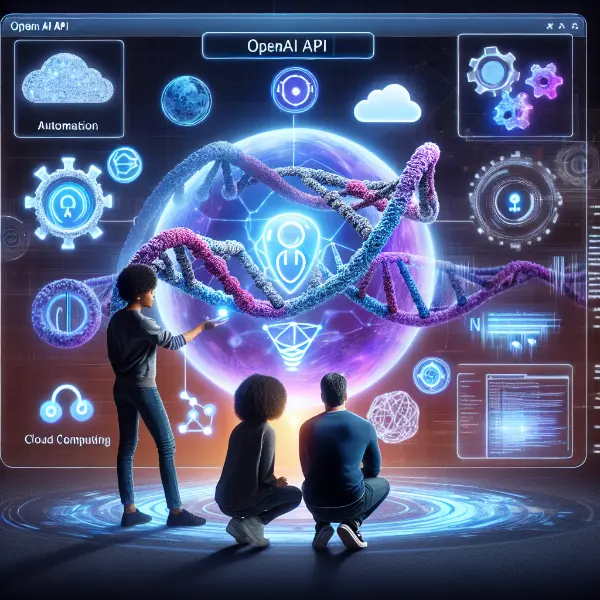
Delving into the raw numbers can provide some insight. The fact remains that the .NET framework is preferred by over 28.2% of programmers worldwide (StackOverflow, 2020), with 61.6% of them utilizing it professionally. Thus, the introduction of an API like OpenAI’s that is compatible with such a widely adopted framework could significantly enhance its applications, including the capability to develop interactive language models that demonstrate complex sentence structures and unprecedented nuances of human conversation.
However, it’s paramount not to lose sight of OpenAI’s vital groundwork: AGI in a way that benefits all of humanity. Thus, all potential integrations and iterations of .NET applications with OpenAI’s API must perpetually align with this north star. Nevertheless, given the magnitude of OpenAI’s advancements and the exponential growth of the .NET framework, the synergy between these two could undoubtedly catalyze an AI revolution that pushes beyond the boundaries of complexity and uniformity in machine-created text. Harnessing the full power of AGI could be the key to unlocking an era where machines resonate with human ingenuity, varying in the complexity and richness of their creations as seamlessly as we do.
In imagining this future and the role of .NET applications in it, we embark on a pioneering expedition, an odyssey to bridge the final frontier between humans and artificial intelligence, inspired by OpenAI’s ceaseless innovation and channeled through the capabilities of .NET technology. It’s this precise blend of expertise, technology, and vision that will shape the features of the OpenAI API – and indeed, the future of AI as we know it.
Recap: Harnessing OpenAI API for .NET Projects
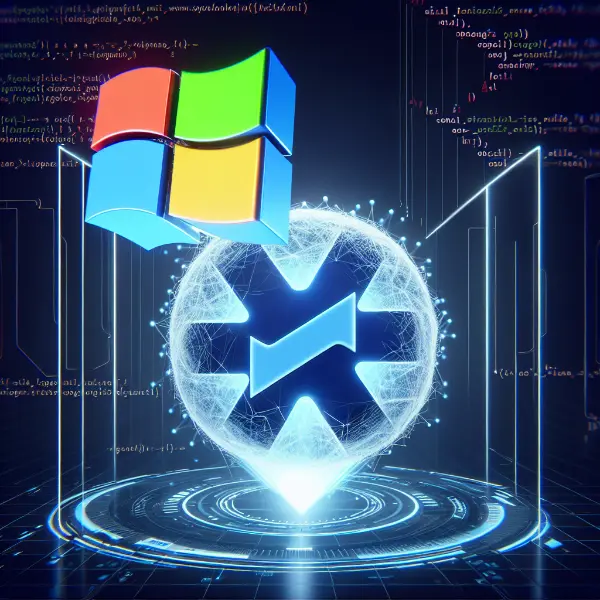
Beyond the Horizon: Future Considerations
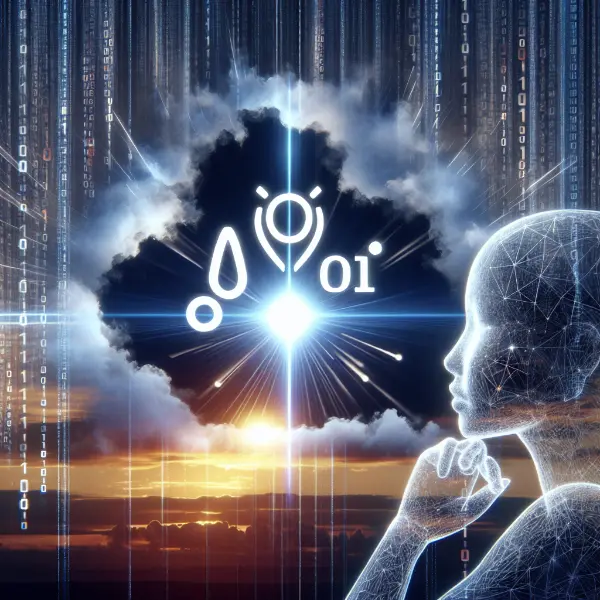
As we ponder upon this intricate interplay of AI and .NET applications, several thought-provoking questions and potential avenues surface. For instance, can future iterations of .NET applications integrate more seamlessly with OpenAI’s API? Is there a possibility of further enhancing various programming languages and platforms with OpenAI’s API, nurturing an interoperable environment driven by AI? Indeed, the fusion of OpenAI’s AGI vision with .NET’s robust platform has the potential to shape an unprecedented AI revolution that transcends the confines of data sets and algorithms.